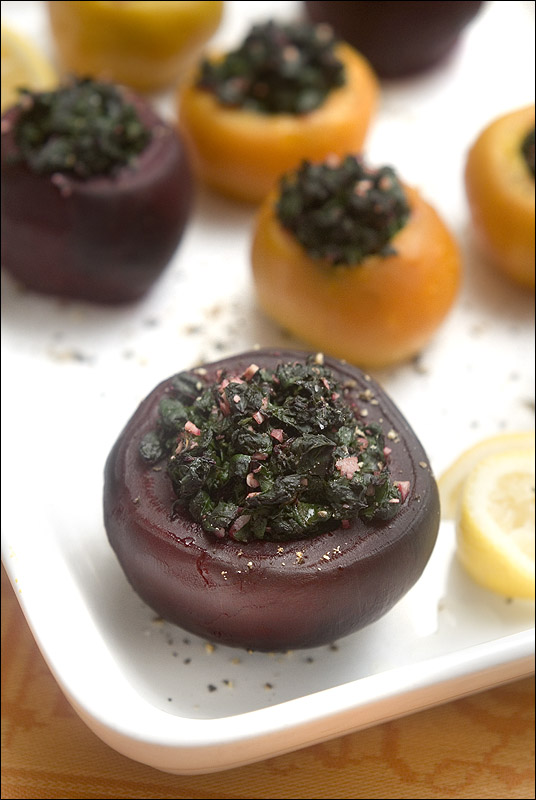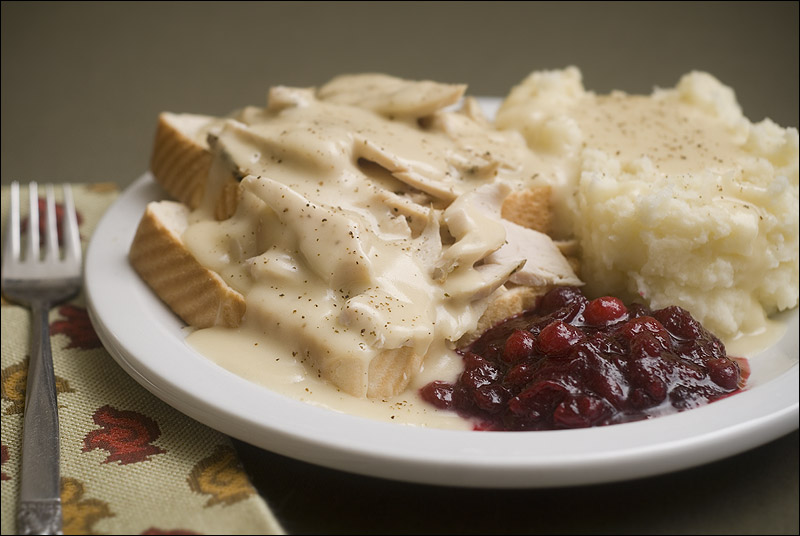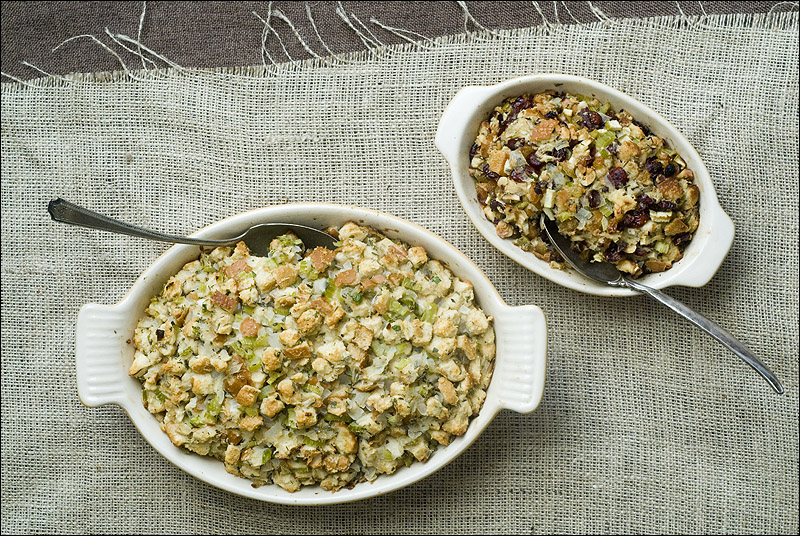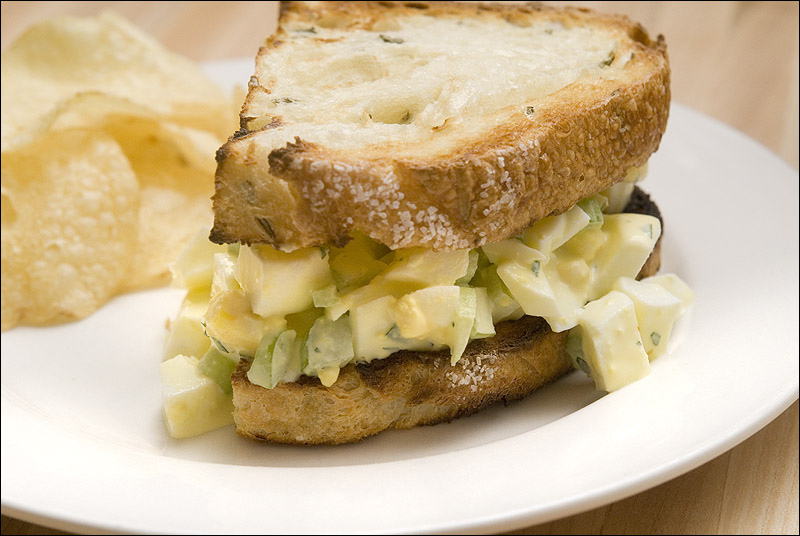 |
| Stuffed beets with greens. © Ryan Schierling |
Ryan didn't grow up eating beets quite the way I did. What he remembers was more of the canned or pickled variety, which (unsurprisingly) didn't put beets on his "must have more of this" list. Although I'm not sure he'll ever recover entirely from this early aversion, it has been my great pleasure to share my appreciation of beets with him. So far, as long as I'm not asking him to eat a whole, roasted beet plain and keeping some goat cheese on hand, he's very much enjoying them.
We grew beets in our garden when I was little, and I loved them. There were a great many things from that garden that were canned or frozen every year in our home, but I don't remember beets being among them. It's a pretty good bet that it was limited, primarily-seasonal fair, which may have added to my attraction, as it was a pretty special deal to get beets and greens for dinner.
I was a picky enough eater as a kid. I hated fresh tomatoes (yes, even those sweet, perfect ones straight from the garden), fresh mushrooms, and green beens (unless they were either raw or canned French cut – go figure). But a few of the common culprits kids get picky about were on my favorites list. I loved broccoli, cauliflower and – to my mother's great astonishment – even brussel sprouts. Thanks to my parents' big garden and the mysteries of taste bud genetics, I enjoyed a lot of pretty delicious things straight from the earth as a child, beets among them. Beets were also my first introduction to cooked greens, and beet tops remain my favorite green to this day.
My mom was blessedly straightforward with the beet preparation. She usually cooked/steamed the beets on the stovetop with a little water. Or maybe she roasted them. I only remember them being deeply purple, tender and sweet. She never missed an opportunity to use the greens, either. She would simmer up those tops, add a little salt and finish them with a good squeeze of lemon juice (or more likely in those days, ReaLemon®). They were delicious eaten with the beets.
And so, the inspiration for these stuffed beets – using the whole beet. Simple flavors with pairs of compliments: goat cheese for the beets, lemon for the greens. Together, an earthy, sweet and tangy kind of pleasure. We prefer more vs. less goat cheese because it is just so delicious with the sweetness of the beets, but the truth is that you could omit it entirely and still have a very delicious beet.
Large beets are a side dish so fantastic that they could very well steal the show from your entree. Small beets make a perfect 'knife and fork' appetizer and the tiniest are a single, simple amuse bouche.






